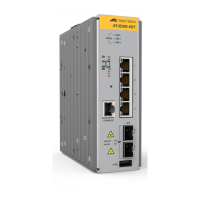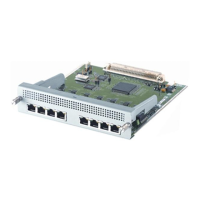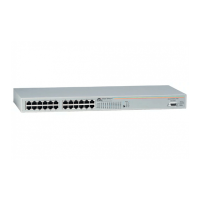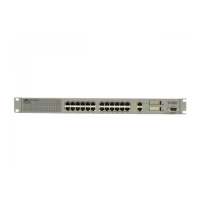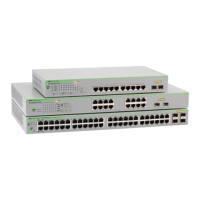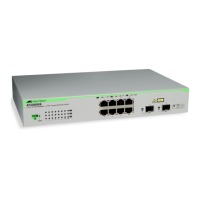C613-50631-01 Rev A Command Reference for IE340 Series 401
AlliedWare Plus™ Operating System - Version 5.5.3-0.x
CONNECTIVITY FAULT MANAGEMENT COMMANDS
SHOW
MEP-ALARM STATUS
show mep-alarm status
Overview Use this command to show any alarms that have been declared by Local MEPs, and
the defect(s) that caused the alarm.
Syntax
show mep-alarm status
Mode User Exec/Privileged Exec
Usage notes A Local MEP is used to detect connectivity faults with other remote MEPs that are
in the same Maintenance Association (MA) and Maintenance Domain (MD) as the
Local MEP. A Local MEP looks first for connectivity defects, and if these defects
persist for a long enough period of time (typically 2.5 seconds), then an alarm is
declared.
Example To show the alarms on local MEPs, use the command:
awplus# show mep-alarm status
Output Figure 9-13: Example output from show mep-alarm status
Related
commands
ethernet cfm mep
mep (FNG attributes)
mep crosscheck
Command
changes
Version 5.4.7-1.1: command added
Version 5.4.8-0.2: added to SBx8100 series products
Version 5.4.8-1.1: added to SBx908 GEN2 series products
awplus#show mep-alarm status
CFM Domain Name CFM Service Name MEP Active Alarm
------------------------------------------------------------------
MD-INST1 MA-INST1-1 12 someRMEPCCM
Table 9-9: Parameters in the output from show mep-alarm status
Parameter Description
CFM Domain Name The domain name.
CFM Service Name The MA name.
Active Alarms The highest priority defect causing the alarm, one of the
following: someRDI, someMACstatus, someRMEPCCM,
errorCCM, or xconCCM.
MEP The local MEP's ID.

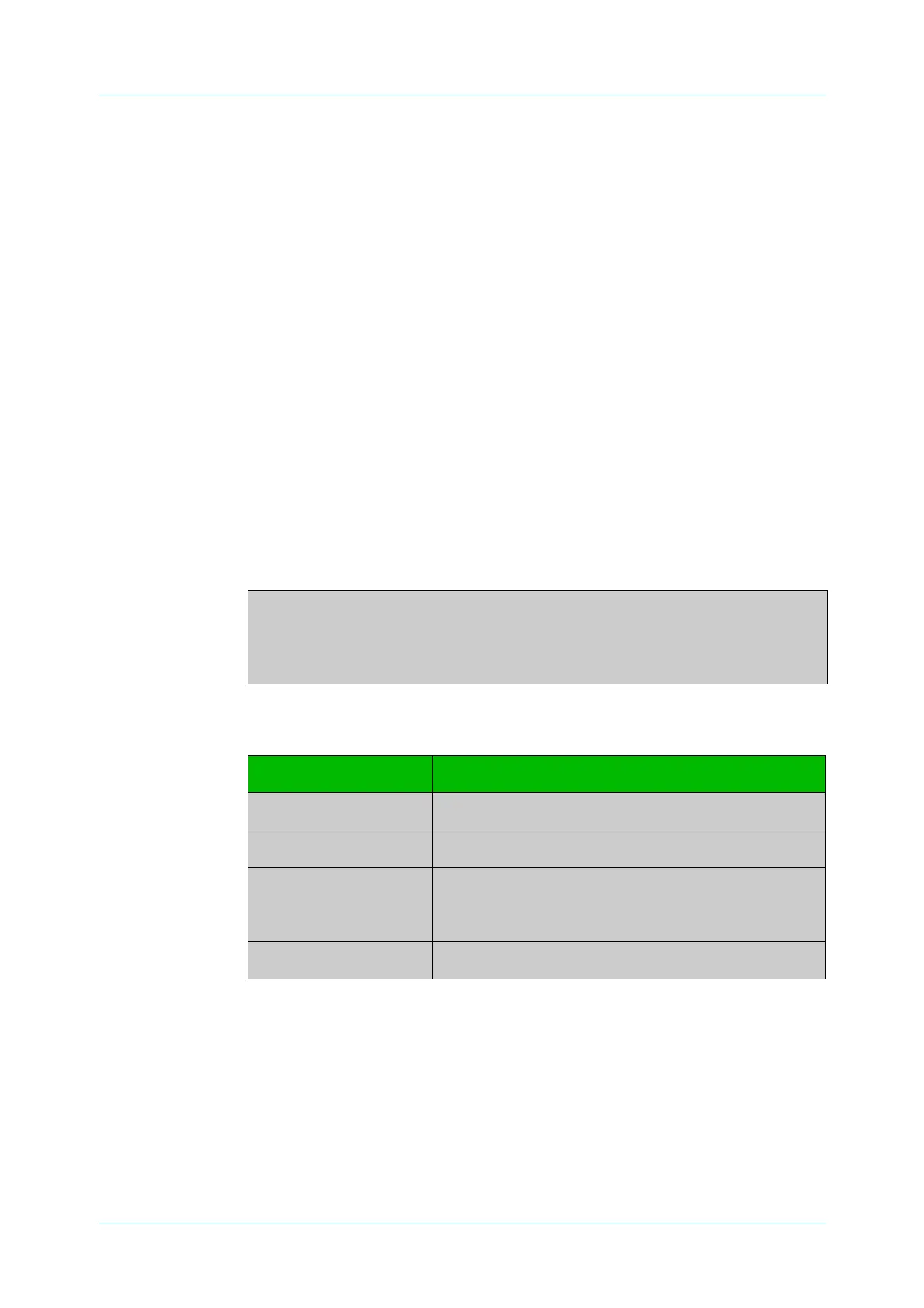